It can be both a technical and tactical move. Posted at the net while your partner serves, you are no longer a simple spectator, but indeed an actor.
This is a tactic that will surely appeal to former tennis players or anyone who likes hard-hitting attacks. When your partner is serving and you are stationed at the net, you become an active participant rather than a passive observer.
On the professional circuit, some players adopt this strategy. Let's take Ale Galan as an example: he is an extremely offensive and aggressive player. During his next match, observe how, when his partner serves diagonally from left to right, he starts a little behind and moves forward in synchrony with him.
But what is the objective?
The idea is to adopt an ultra-aggressive posture immediately after returning. When analyzing most returns of serve, particularly on a first ball, they are mostly played low, with very few lobs. This means that players at the net will have to volley. If the player going up to the net is volleying, he will often opt for an approach or control volley. And if it is the player already at the net who plays, his first volley, despite a good position, will lack bite if it is static. So, by moving forward while your partner serves, if the ball is addressed to you, you can adopt a more offensive attitude.
In addition, advancing simultaneously can destabilize the returner who sees not one, but two players rushing at him.
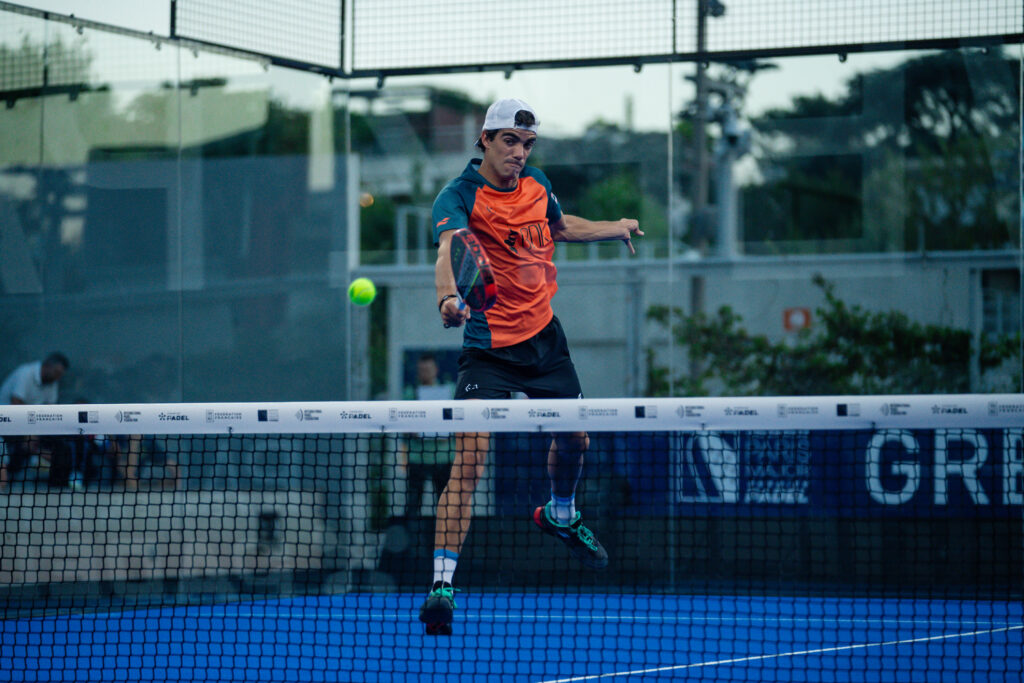
How to implement this strategy?
The first recommendation is to test it for yourself to determine if it is right for you.
It is important to note that this tactic is most effective when the server is serving from the same side as you (for example, if you are the player on the right and the server is serving from right to left). Moving forward allows you to reduce the angles. Since the free space is not on your side and your partner rides to the right, the probability of a parallel game increases. He must therefore move quickly to counter a possible passing. By moving closer to the net, you will effectively cover the center.
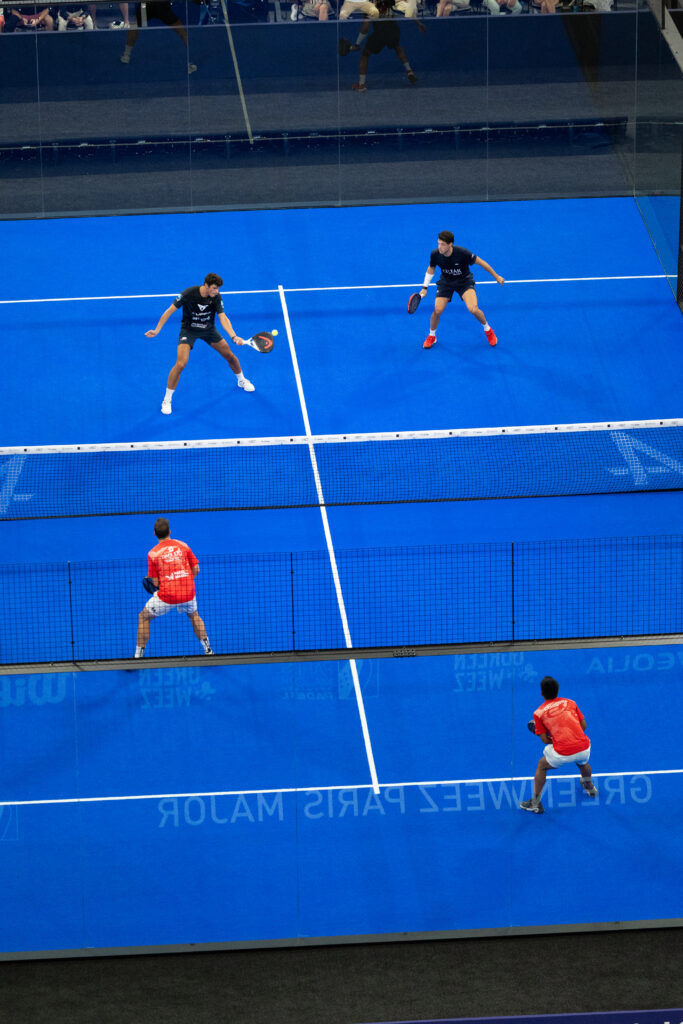
This strategy is ideal for a first serve, because the return is more difficult. Using it on a second ball would give your opponents the opportunity to lob you, thus making it less effective.
What to do if the first serve return is a lob? Of course, this can happen, but these lobs are often less precise and rather high, giving you time to play the bandeja or return to the baseline.
However, be careful when the waiter serves from his side. Logically, the return will be diagonal, towards the one going up. If you also move forward, you will certainly cover along the line, but you will leave a large space for your partner, potentially putting your team under pressure.
This tactical technique is accessible to everyone. As soon as you master the game at the net and your opponents do not systematically return high balls, you will be able, by playing Australian style (each player keeps their side), to establish this offensive advance. However, remember to start not from your usual position at the net, but a little further back. The goal is to move forward, not to slow down because you're too close to the net. Go!
Julien Bondia is a teacher of padel in Tenerife (Spain). Columnist and advisor, he helps you play better through his tutorials and tactical/technical articles padel.




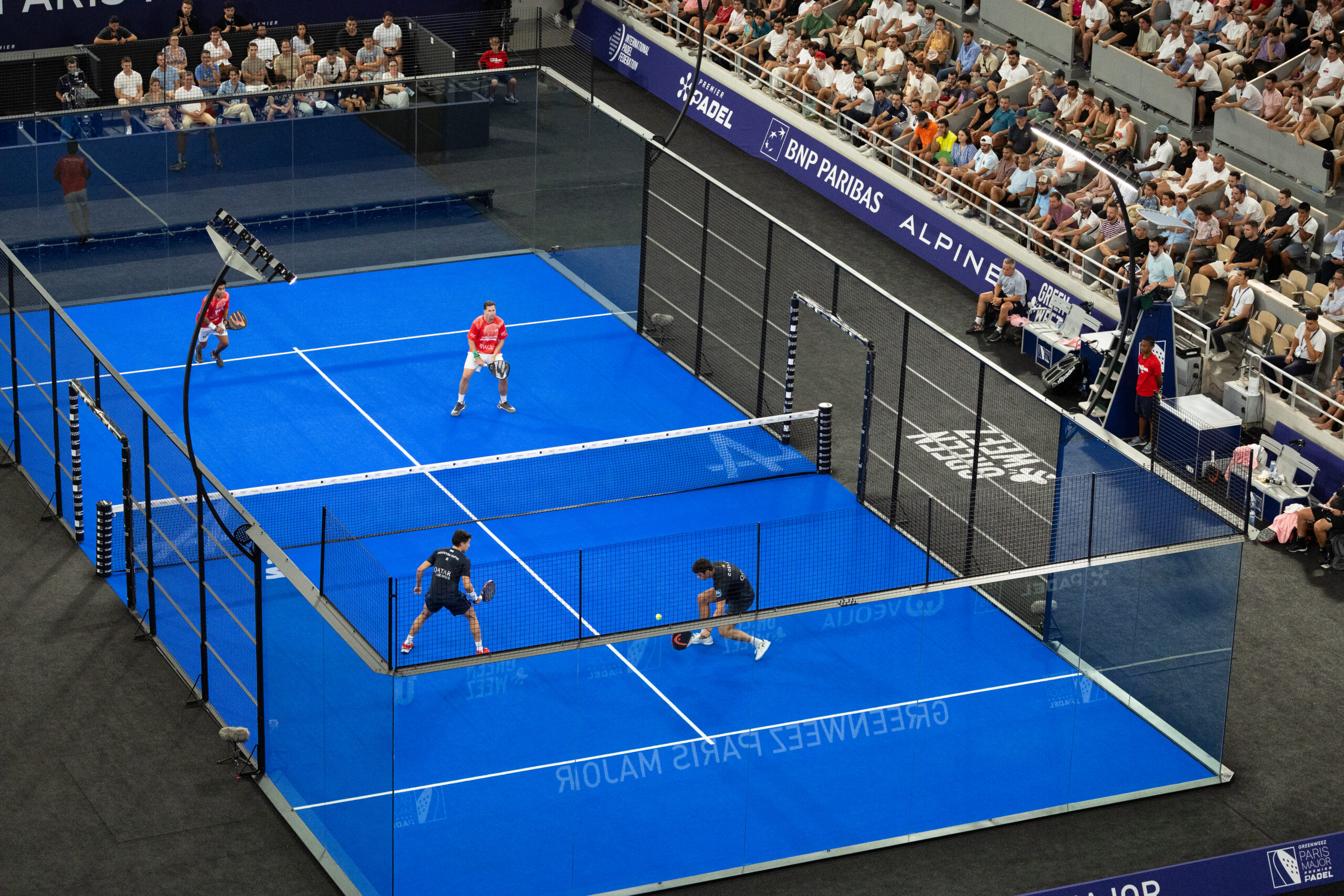
































































































 Premier Padel Brussels P2 – A 2.0 version of the final in Chile?
Premier Padel Brussels P2 – A 2.0 version of the final in Chile? P1000 PadelShot Saint-Étienne – Pierre Vincent and Arthur Hugounenq, the kings of the “comeback”
P1000 PadelShot Saint-Étienne – Pierre Vincent and Arthur Hugounenq, the kings of the “comeback” Premier Padel Brussels P2 – Brea/Gonzalez, a tenth title together!
Premier Padel Brussels P2 – Brea/Gonzalez, a tenth title together! Guillaume Codron de Sud Padel : “A family project”
Guillaume Codron de Sud Padel : “A family project” Nallé Grinda: “Democratize the padel in the USA with PadelX "
Nallé Grinda: “Democratize the padel in the USA with PadelX " Simon Boissé: “We know that there are two nations in front of us”
Simon Boissé: “We know that there are two nations in front of us” Marie Maligo: “This period of frequent changes of partners was beneficial for me”
Marie Maligo: “This period of frequent changes of partners was beneficial for me” P1000 PadelShot Saint-Étienne – Watch the Hugounenq/Vincent – Seux/Courrin semi-final live
P1000 PadelShot Saint-Étienne – Watch the Hugounenq/Vincent – Seux/Courrin semi-final live P1000 PadelShot Saint-Étienne – Follow the surprise poster Vincent/Hugounenq – Couturier/Benmergui live
P1000 PadelShot Saint-Étienne – Follow the surprise poster Vincent/Hugounenq – Couturier/Benmergui live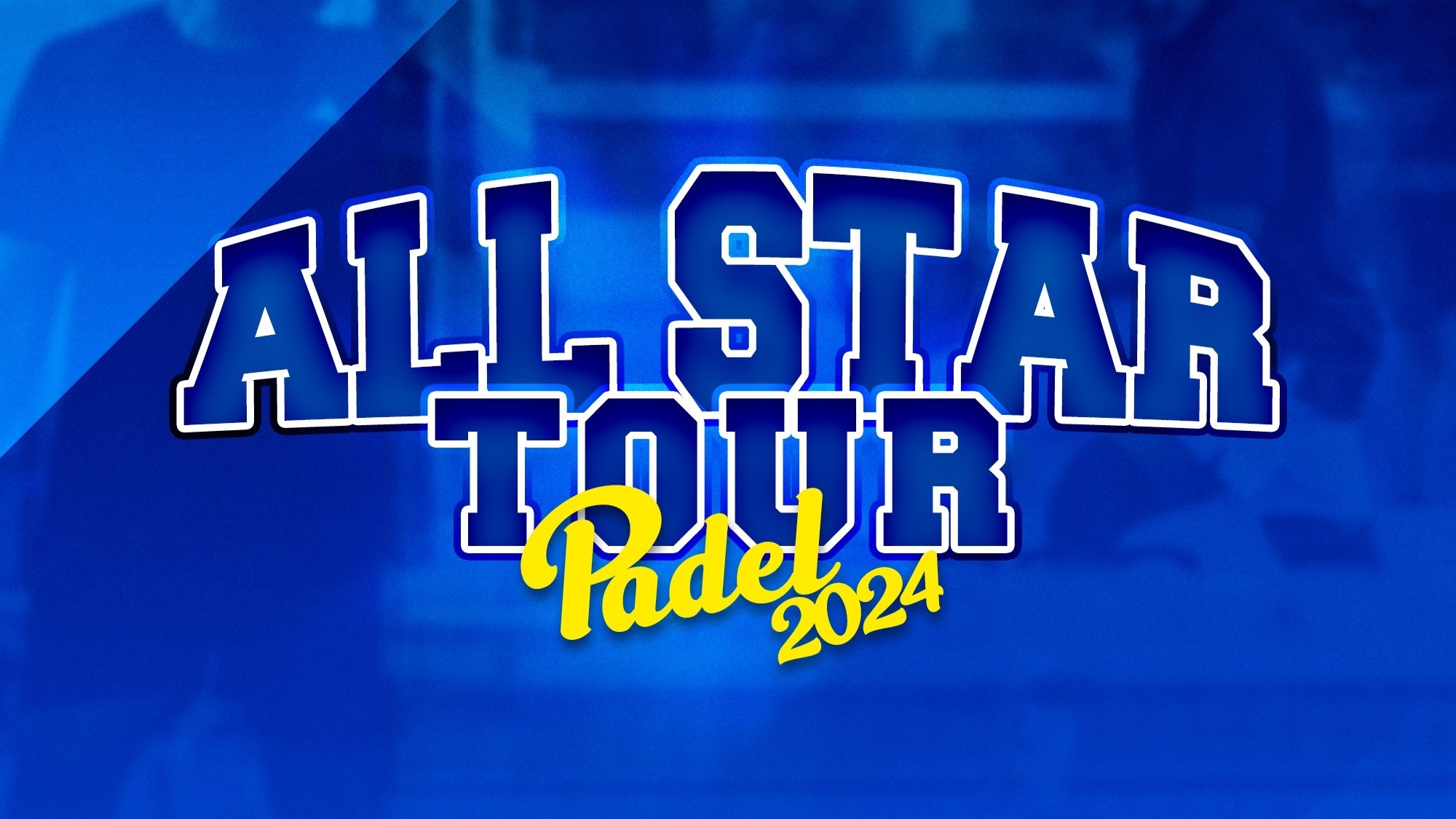 The All Star Tour returns on May 16 at the All In in Lyon
The All Star Tour returns on May 16 at the All In in Lyon D-7 of the “BetClic Remontada Padel”, at the foot of the Eiffel Tower
D-7 of the “BetClic Remontada Padel”, at the foot of the Eiffel Tower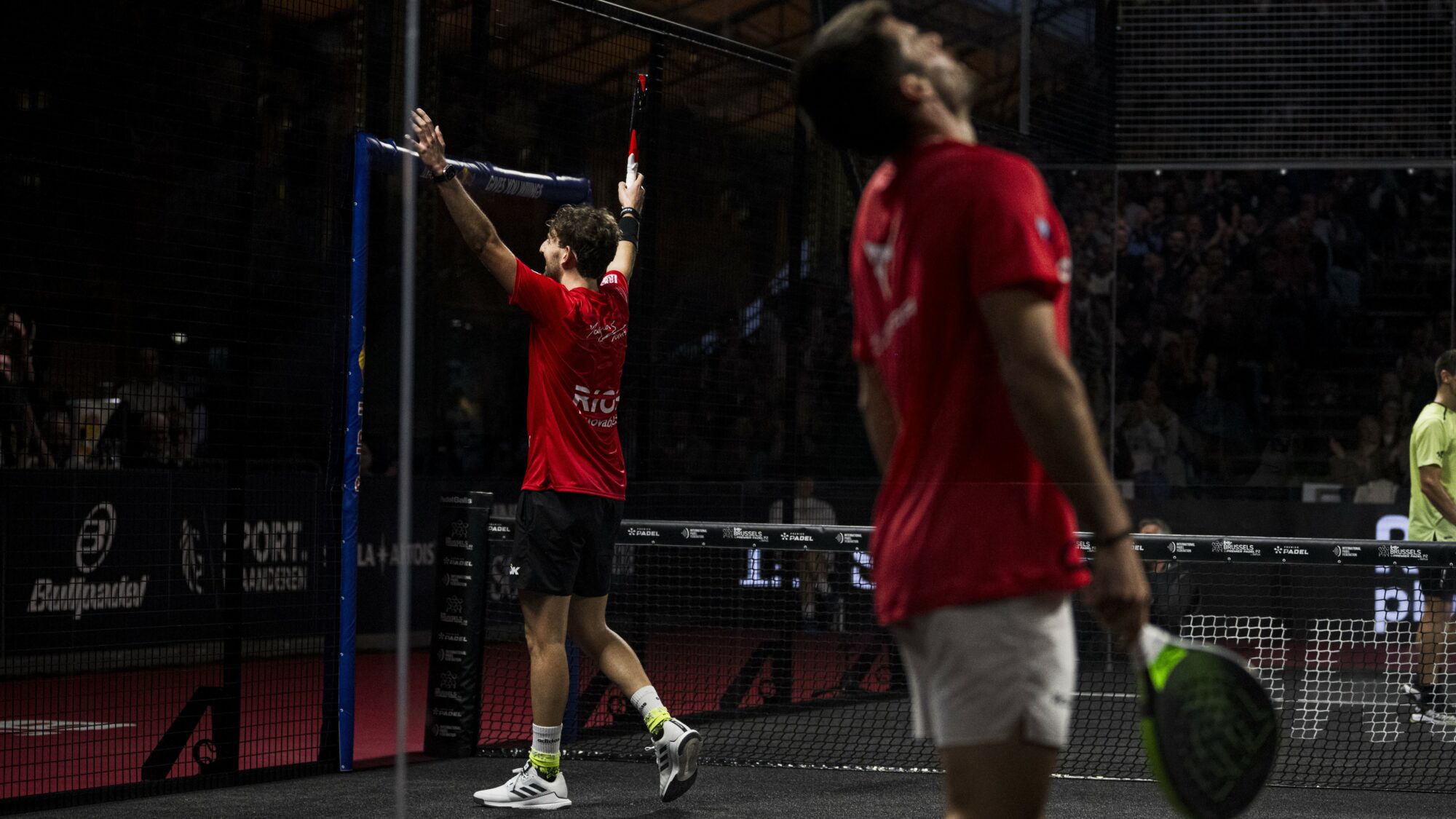 Obviously, Javi Garrido's service does not please Mike Yanguas...
Obviously, Javi Garrido's service does not please Mike Yanguas...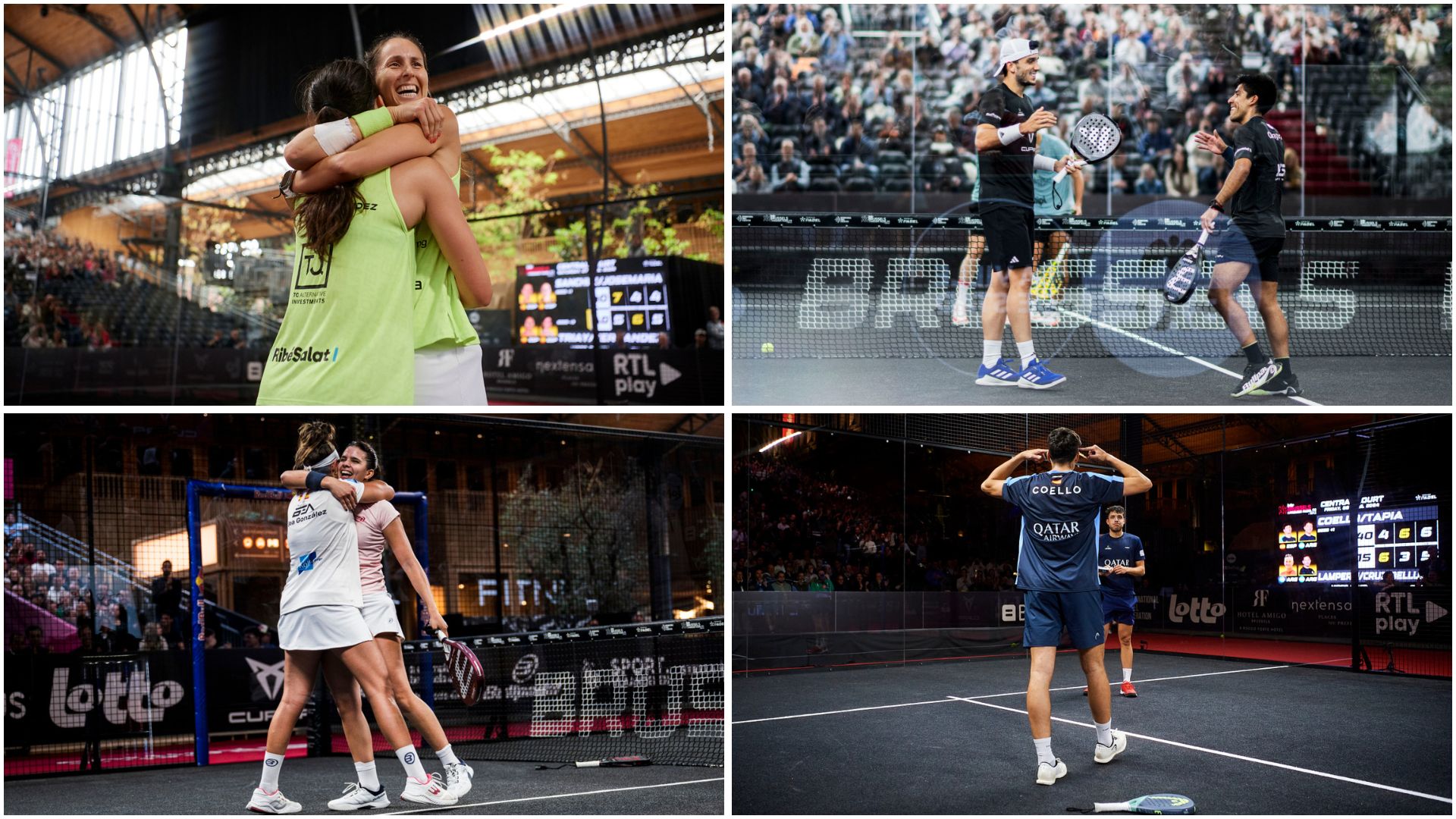 Premier Padel Brussels P2 – It’s time for the long-awaited finals!
Premier Padel Brussels P2 – It’s time for the long-awaited finals!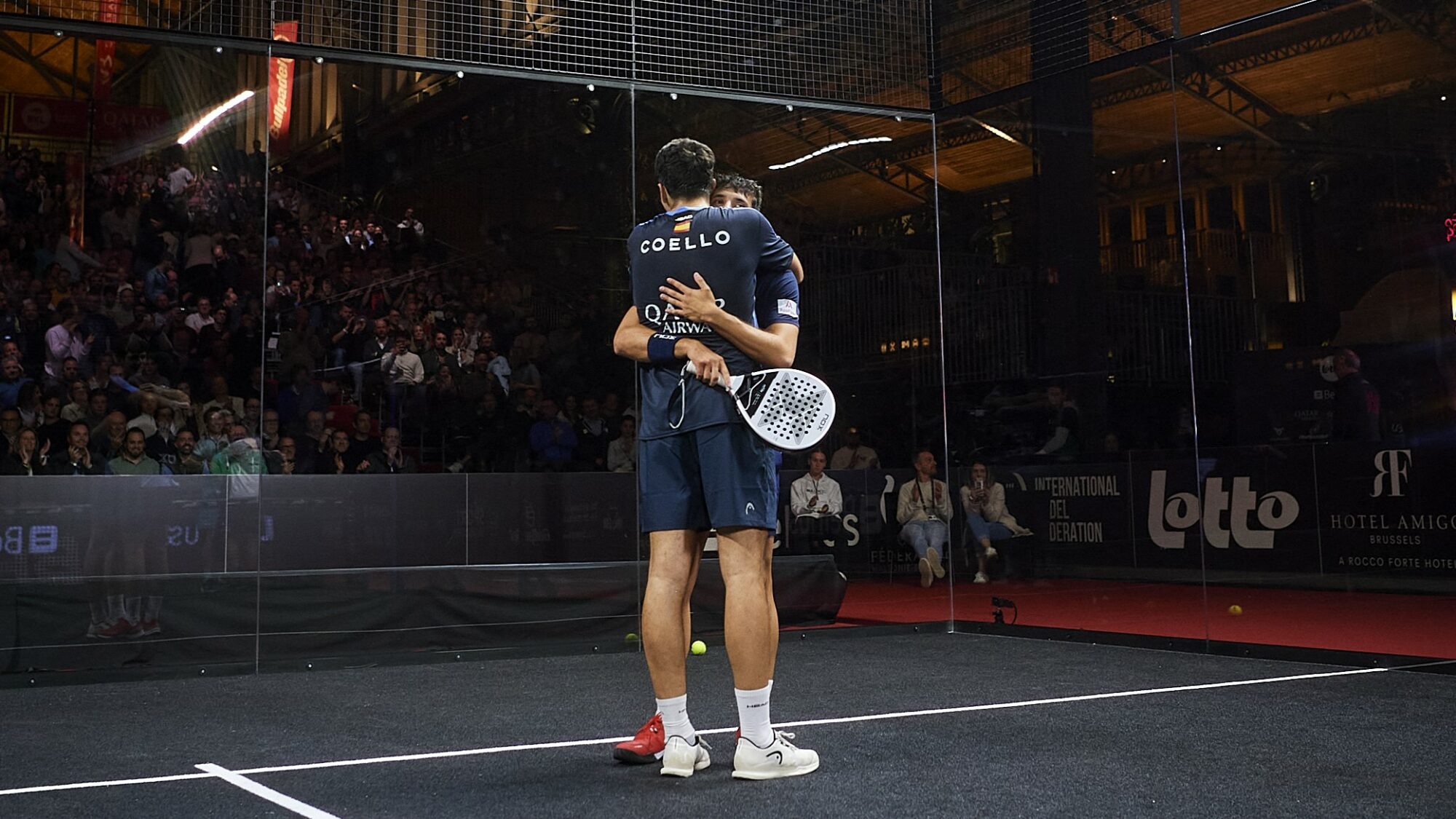 Premier Padel Brussels P2 – Arturo Coello and Agustín Tapia… obviously
Premier Padel Brussels P2 – Arturo Coello and Agustín Tapia… obviously Premier Padel Brussels P2 – Brea/Gonzalez wins the arm wrestling against Salazar/Icardo
Premier Padel Brussels P2 – Brea/Gonzalez wins the arm wrestling against Salazar/Icardo José Manuel Escin at the inauguration of Casa Padel DOS: “Finally, and thank you!”
José Manuel Escin at the inauguration of Casa Padel DOS: “Finally, and thank you!” Padel Score comes to Tahiti for American Express Padel Cup!
Padel Score comes to Tahiti for American Express Padel Cup! Do you know the Rafa Nadal Academy Tour?
Do you know the Rafa Nadal Academy Tour? Play at padel on his yacht? Possible for €233.000!
Play at padel on his yacht? Possible for €233.000!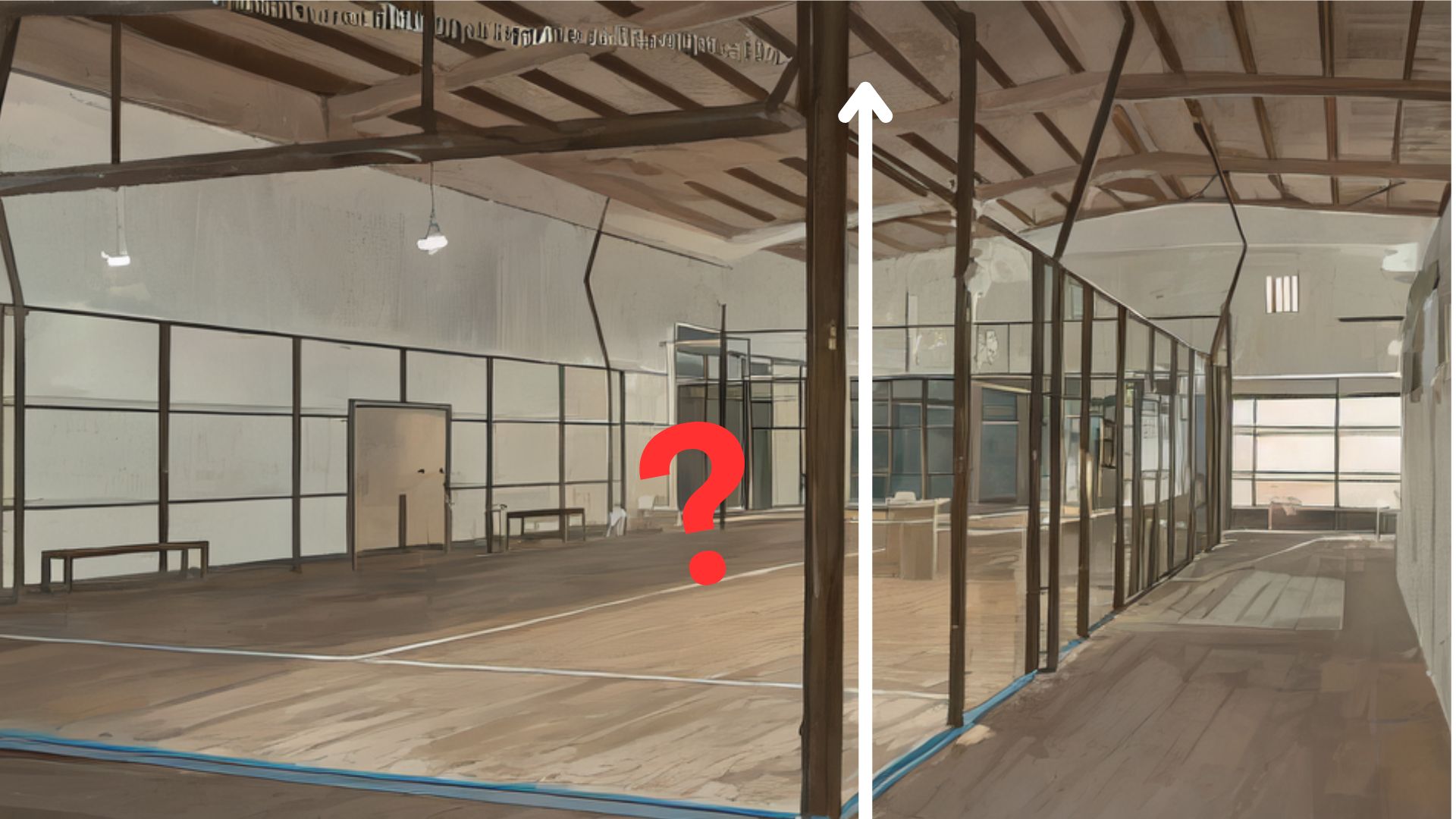 Find out everything about the dimensions of a plot of land padel
Find out everything about the dimensions of a plot of land padel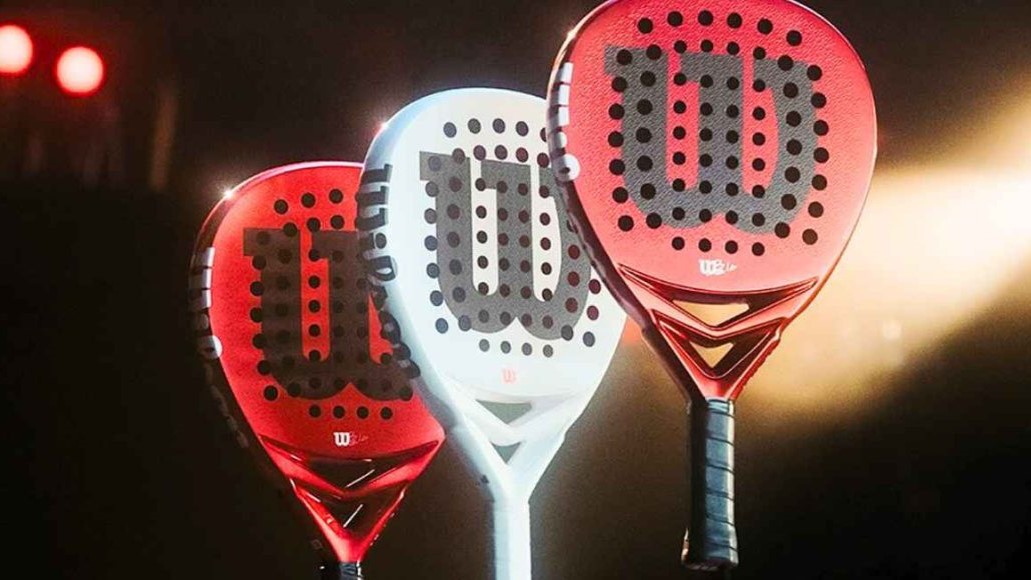 Presentation of the Wilson Bela V2.5 collection
Presentation of the Wilson Bela V2.5 collection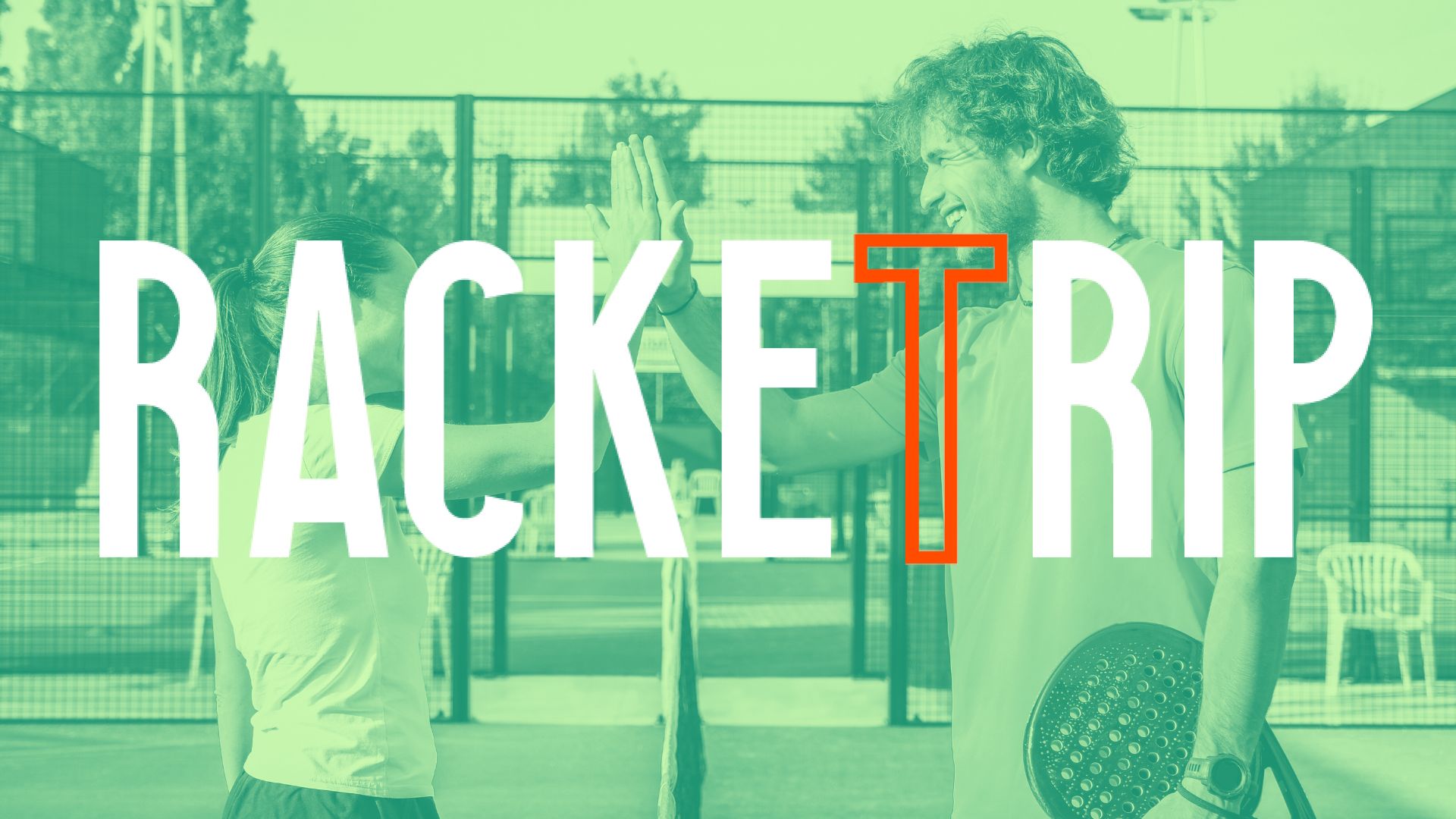 The LinkedIn of racquet sports: Racket Trip
The LinkedIn of racquet sports: Racket Trip The score at padel : manual
The score at padel : manual At the heart of padel – Episode 25: Paul and Andoni answer your questions
At the heart of padel – Episode 25: Paul and Andoni answer your questions At the heart of padel – Episode 23: defend the window well
At the heart of padel – Episode 23: defend the window well Prohibition on playing topless Padel : the reasons
Prohibition on playing topless Padel : the reasons FIP Tour – Going far from Europe, THE strategy to earn points!
FIP Tour – Going far from Europe, THE strategy to earn points! What is a good football player? padel ?
What is a good football player? padel ? “Lefties give me headaches when I play against them!”
“Lefties give me headaches when I play against them!” At the heart of padel – Episode 14: how to earn points in winter?
At the heart of padel – Episode 14: how to earn points in winter? The basic tactics of padel
The basic tactics of padel A par 4 is always a winner...even if you manage to defend it!
A par 4 is always a winner...even if you manage to defend it! Carbon fiber VS fiberglass: what to choose?
Carbon fiber VS fiberglass: what to choose? How to effectively test a racket padel ?
How to effectively test a racket padel ? La padel to fight Parkinson's disease
La padel to fight Parkinson's disease Don't play with a cracked or broken racket, your body will thank you!
Don't play with a cracked or broken racket, your body will thank you! Michel Cymes: “The padel, physically, it’s serious!”
Michel Cymes: “The padel, physically, it’s serious!” Our Top 10 training courses padel in France and Europe
Our Top 10 training courses padel in France and Europe Jeremy Gala: “Promote the padel among young people in Belgium remains a challenge”
Jeremy Gala: “Promote the padel among young people in Belgium remains a challenge” The French Touch Academy organizes its selection day Padel-Study
The French Touch Academy organizes its selection day Padel-Study Report on the detection and training of younger generations
Report on the detection and training of younger generations